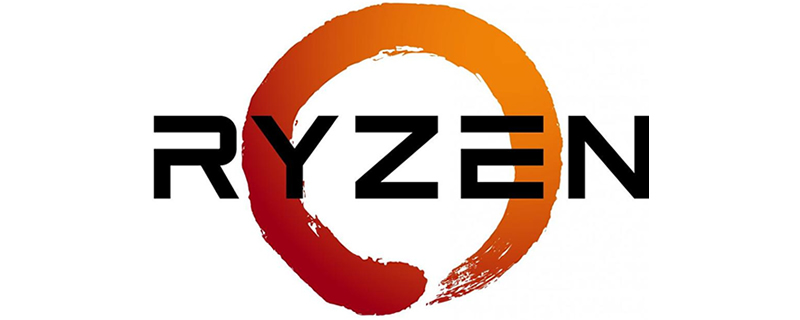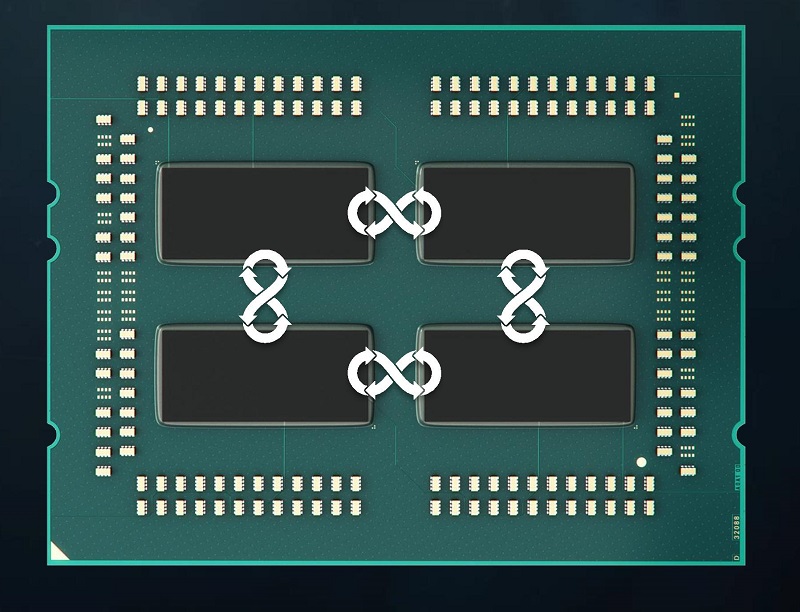
AMD is reportedly able to use 99.9% of Ryzen CPU dies
Â
AMD’s new Ryzen CPU design offers a lot of interesting new features, with Infinity Fabric allowing it to offer more scalability than any other CPU before it. With the same Ryzen dies AMD are able to offer 4, 6 and 8 core offerings in their Ryzen 5 and 7 lineup while also being able to utilise two of these dies with Threadripper and four of these dies in EPYC, allowing AMD to create a massive product stack with only a single core/die design. Â
Â
With this, it is unsurprising that AMD is getting high yields out of their Ryzen silicon, as even slightly defective silicon will be able to neatly fit into this huge product stack, be it CPUs with defective cores, cache or I/O functionality. Â Â
Â
A new report from
Bits and Chips states that AMD is able to make use of 99.9% of all Ryzen silicon produced, with 80% having eight fully functional CPU cores. This is an amazing feat for the company, as minimising waste in this way will allow AMD to maximise their profit margins while still offering competitive pricing. Â Â
Typically a single silicon design is used in only a handful of products, but AMD’s Ryzen design allows their CPUs to be scaled in a way that has never been seen before, offering CPU products to end users to deliver a minimum of 4 cores with Ryzen 5 and up to 32 cores with EPYC. With this AMD has been able to take advantage of the efficiencies of smaller silicon dies in even their largest of server CPUs, which bodes well for AMD’s future. Â
Â
 Â Â
 Â
In the future AMD has the potential to also deliver these same efficiencies on future GPUs, with their Navi GPU architecture promising Scalability. We already know that Vega uses AMD’s Infinity Fabric, so it is not out of the question to see multi-die GPU products within just a few years. Does AMD plan to create an EPYC-style GPU?
Â
You can join the discussion on AMD’s Ryzen yields on the OC3D Forums.Â
Â

AMD is reportedly able to use 99.9% of Ryzen CPU dies
Â
AMD’s new Ryzen CPU design offers a lot of interesting new features, with Infinity Fabric allowing it to offer more scalability than any other CPU before it. With the same Ryzen dies AMD are able to offer 4, 6 and 8 core offerings in their Ryzen 5 and 7 lineup while also being able to utilise two of these dies with Threadripper and four of these dies in EPYC, allowing AMD to create a massive product stack with only a single core/die design. Â
Â
With this, it is unsurprising that AMD is getting high yields out of their Ryzen silicon, as even slightly defective silicon will be able to neatly fit into this huge product stack, be it CPUs with defective cores, cache or I/O functionality. Â Â
Â
A new report from
Bits and Chips states that AMD is able to make use of 99.9% of all Ryzen silicon produced, with 80% having eight fully functional CPU cores. This is an amazing feat for the company, as minimising waste in this way will allow AMD to maximise their profit margins while still offering competitive pricing. Â Â
Typically a single silicon design is used in only a handful of products, but AMD’s Ryzen design allows their CPUs to be scaled in a way that has never been seen before, offering CPU products to end users to deliver a minimum of 4 cores with Ryzen 5 and up to 32 cores with EPYC. With this AMD has been able to take advantage of the efficiencies of smaller silicon dies in even their largest of server CPUs, which bodes well for AMD’s future. Â
Â
 Â Â
 Â
In the future AMD has the potential to also deliver these same efficiencies on future GPUs, with their Navi GPU architecture promising Scalability. We already know that Vega uses AMD’s Infinity Fabric, so it is not out of the question to see multi-die GPU products within just a few years. Does AMD plan to create an EPYC-style GPU?
Â
You can join the discussion on AMD’s Ryzen yields on the OC3D Forums.Â
Â




